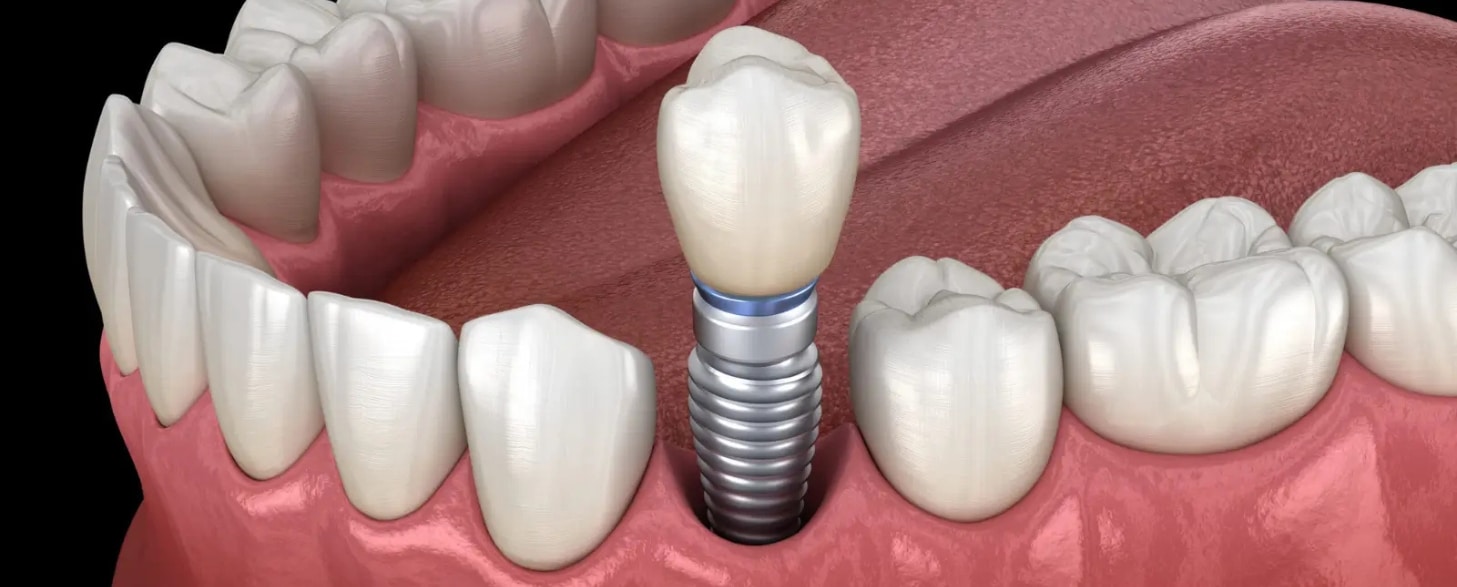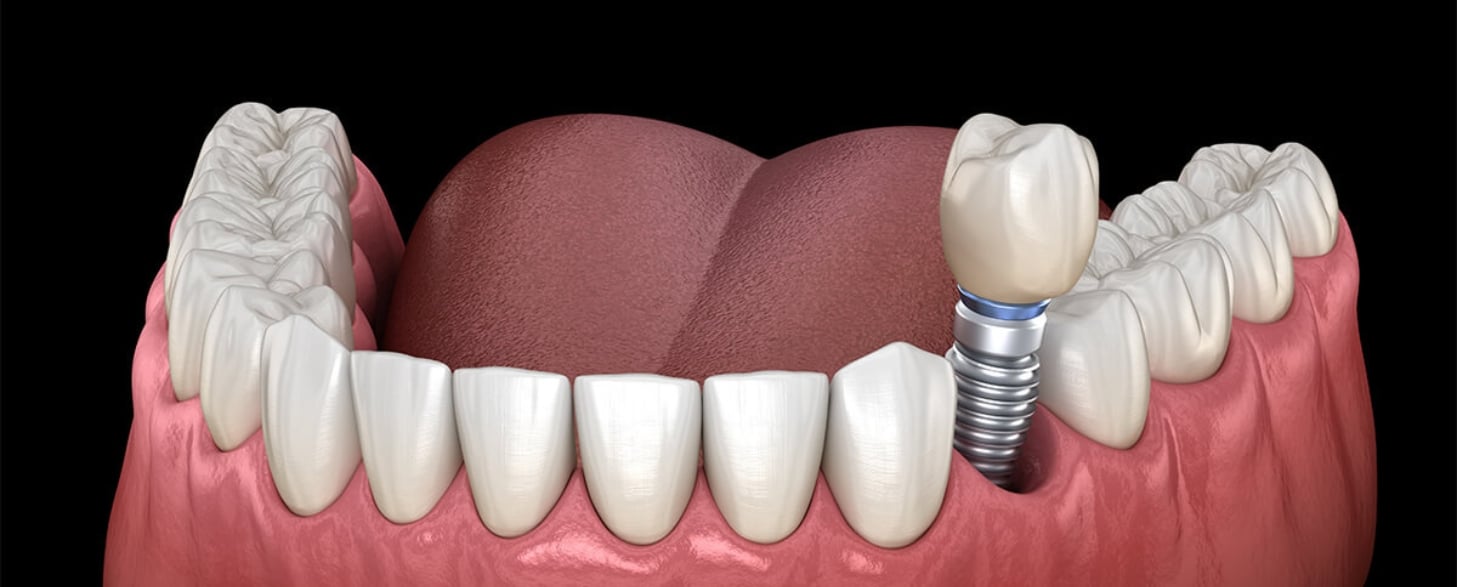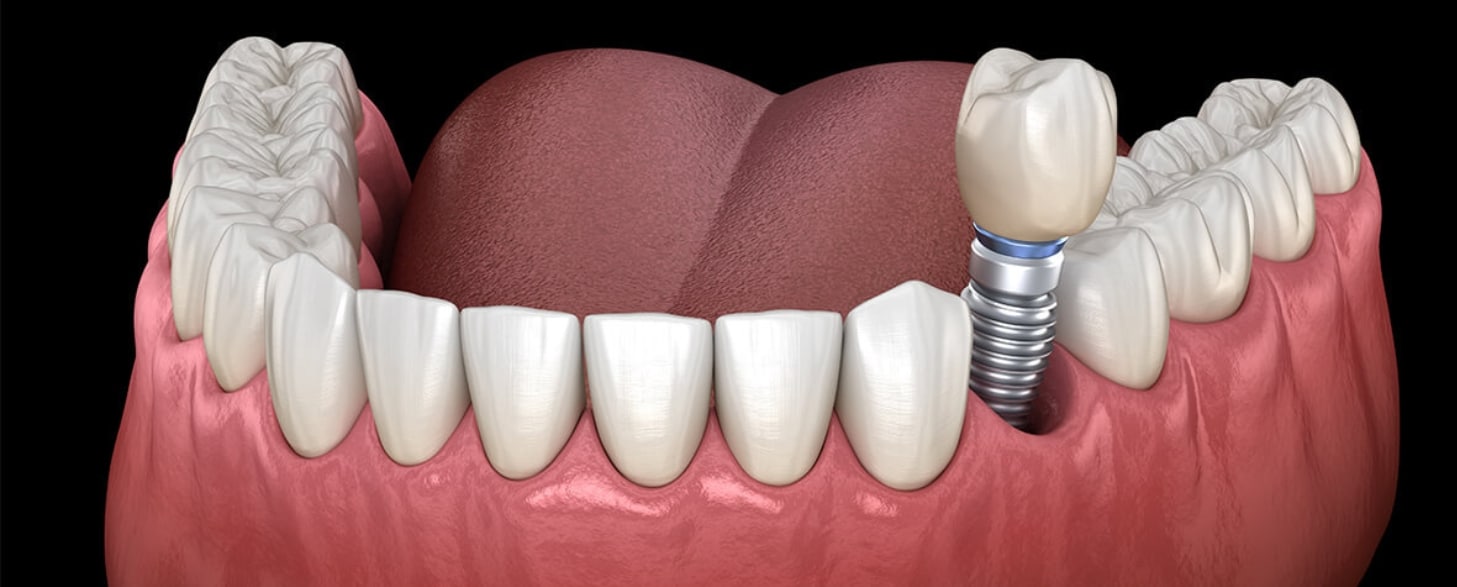How Can You Floss With Dental Implants?
San Antonio, TX

Dental implants offer a great solution for missing teeth, providing durability and a natural appearance. However, maintaining proper oral hygiene with implants is essential. One of the most critical aspects of this hygiene routine is flossing. Many people wonder, “How can you floss with dental implants?” It’s a valid question, as proper flossing techniques can help preserve the health of both the implants and surrounding teeth.
In this blog, we’ll explore effective methods to floss with dental implants, how to choose the right tools, and the importance of consulting your dentist for personalized advice. Let’s get started!
Tools for Flossing with Dental Implants
Flossing around dental implants requires specific tools designed to make the process easier and more effective. Here are some helpful options:
- Traditional Dental Floss: Use unwaxed floss or waxed floss designed for dental implants. Waxed floss glides easily between teeth, while unwaxed is better for tight spaces.
- Floss Threaders: These devices make it easier to maneuver floss around implants and bridges. They resemble a needle and allow you to thread the floss effortlessly.
- Interdental Brushes: These small brushes fit between teeth and around implants, effectively cleaning areas that floss might miss.
- Water Flossers: A water flosser uses a stream of pulsating water to remove plaque and food particles around dental implants. This tool is particularly useful for individuals with limited dexterity.
How to Floss with Dental Implants?
Flossing with dental implants doesn’t have to be challenging. Follow these simple steps for effective cleaning:
- Choose Your Flossing Tool: Select the tool that works best for you. A traditional floss or floss threader is often a great choice for most people.
- Break-Off Enough Floss: Cut about 18 inches of floss. This length allows you to wrap the ends around your fingers for better grip.
- Wrap the Floss: Wrap the ends of the floss around your middle fingers, leaving about 2 inches between them.
- Insert the Floss: Gently slide the floss between your teeth and around the dental implant. Be careful not to force it, as this could cause damage.
- Curve the Floss: Once the floss is between your teeth, curve it into a C-shape around the implant. This technique helps remove plaque effectively.
- Move the Floss Up and Down: Gently move the floss up and down along the sides of the implant and the adjacent teeth. Repeat this for each implant and surrounding tooth.
- Use a Clean Section of Floss: As you move from tooth to tooth, unwind a fresh section of floss to avoid spreading bacteria.
- Rinse: After flossing, rinse your mouth with water or an antibacterial mouthwash to wash away any loosened debris.
Why Flossing is Important with Dental Implants?
Flossing is crucial for everyone, but it becomes even more significant if you have dental implants. Here’s why:
- Prevents Gum Disease: Dental implants can be susceptible to gum disease. Regular flossing removes food particles and plaque that can build up around the implant.
- Maintains Oral Hygiene: Good oral hygiene habits help you keep your implants in excellent condition, ensuring they last longer.
- Promotes Overall Health: Gum disease can lead to other health issues, such as heart disease and diabetes. Flossing reduces this risk.
When to Consult Your Dentist?
Even with the best techniques, it’s essential to keep in touch with your dentist. Regular check-ups are vital for monitoring the health of your dental implants. Here are a few signs that you should schedule an appointment:
- Gum Sensitivity: If you notice tenderness or bleeding gums around your implants, contact your dentist promptly.
- Loose Implants: Any movement of the implant should be addressed immediately. It could indicate underlying issues.
- Persistent Discomfort: Ongoing pain or discomfort around your dental implants is a signal to seek professional advice.
A San Antonio dentist can provide tailored recommendations on flossing and maintaining your dental implants. They may suggest specialized cleaning techniques or products that work best for your specific needs.
How to Maintain Your Oral Health with Dental Implants?
Flossing with dental implants is essential for maintaining your oral health and prolonging the life of your implants. Incorporating proper flossing techniques into your daily routine can prevent gum disease and ensure your smile stays bright and healthy. Whether you prefer traditional dental floss, a floss threader, or a water flosser, the key is to be consistent and gentle.
If you have dental implants in San Antonio, consult your San Antonio dentist for personalized care. They can help you refine your flossing technique and provide tools that suit your needs. Remember, effective oral hygiene habits are crucial for keeping your dental implants in top shape!
By following these guidelines, you can confidently floss with dental implants, ensuring a healthy and beautiful smile for years to come.






